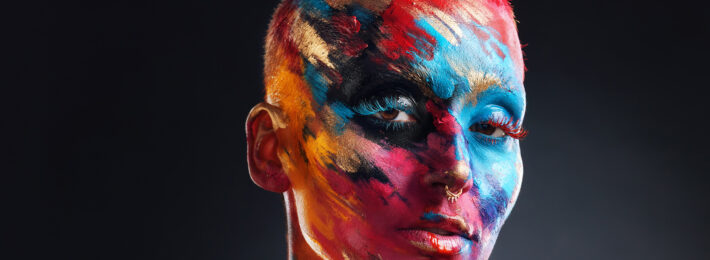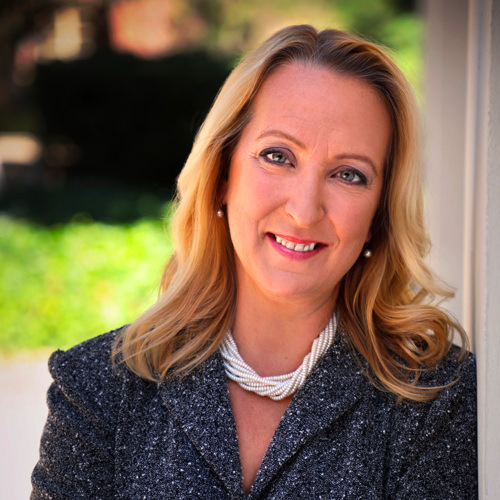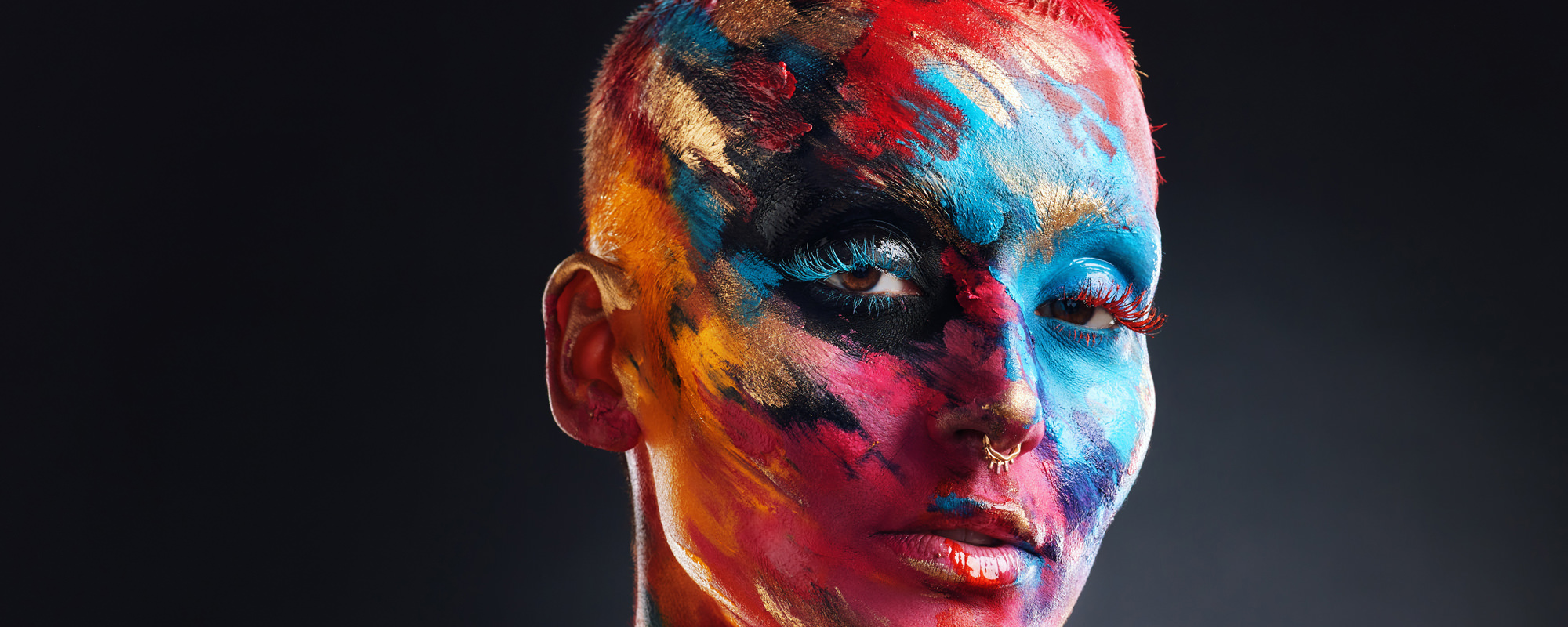
By Eileen L. Strempel, Inaugural Dean of The Herb Alpert School of Music, Professor, School of Education & Information Studies at the University of California, Los Angeles and Baishakhi Taylor, Associate Vice Chancellor of Student Affairs at New York University Abu Dhabi
This is an exciting time for dramatic technological advances and technological investments, ranging from the invention of Chat GPT to the announcement of a $500M new technology campus in NYC. Higher education enrollment trends reflect a similar shift, as it seems everyone want to major in economics, business or computer science. One might ask, where are the similar investments in the arts and humanities?
As higher education costs continue to increase, the numbers of arts and humanities majors are shrinking: In 2018, the share of bachelor’s degrees awarded in the humanities (10.2%) was less than a third of the size of the 36.7% share for the sciences (health/medical, natural, and behavioral/social sciences combined; Indicator II-03c). In 2020, it was reported that the number of college students graduating with a humanities major fell for the eighth straight year to under 200,000 degrees given, while other reports noted that the humanities were conferring less than 10 percent of all bachelor’s degrees, the lowest level on record. The incessant focus on ROI makes it harder to justify the costs of higher education in the arts in America, especially for students from lower income families.
However, other countries are making different strategic investments, informed with an intuitive understanding that to invest in arts and culture is to invest in the future. In the Arabian Gulf, landmark buildings that expand the exhibition capacity of the great museums of the region have been erected and under construction, including the Zayed history museum, new branches of the Guggenheim and the Louvre. A select few of the world’s top universities have been established ranging from the Sorbonne to NYU and UAE based universities like the “Mohamed bin Zayed University of Artificial Intelligence (MBZUAI) continued to be at the forefront of new-age science.”
In Abu Dhabi, these huge investments in education and the arts also bring significant points of difference. In 2021, the city committed to investing $6 billion (USD) into their cultural industry as the United Arab Emirates started its transition away from an oil-based economy. The arts in Abu Dhabi are being used to tell a particular narrative. In 2019, the city approved a $13.6 billion stimulus package. A “substantial portion” of the new funds, according to The Financial Times, will fund the construction of the Saadiyat Island museums. These investments will be strategically focused in music, media, gaming, and cultural heritage. The UAE’s recent emergence as a global powerhouse in the arts reflects an exciting commitment to arts and culture that seems to be waning in the US and many regions.
As educators know, classrooms are places where power and influence are fostered as we teach students how to read, write, and think critically. From Diego Rivera’s powerful murals to Picasso’s Guernica and many more, the arts have the power to move hearts and minds, and to instigate societal transformation and change. Artivistas (self-proclaimed artist activists) inspire us to continue to make and support meaningful art at this crucial time—for instance, to help avert potential disaster for our rapidly warming planet.
Today, there is a growing acceptance that climate change is the most critical threat facing the globe. Dramatic changes are required in order to avert incalculable disaster. Throughout human history, whenever people have been able to make systemic change, whether for India’s journey into statehood or with Afghan women’s fight for their right and education, the resistance has been grounded in the powerful symbols of art, music, and culture.
At this point in history—when the world seems full of tech bros, AI, and STEM institutes—we must move beyond the false dichotomy that sometimes separates technology and the arts. We need to ensure that higher education remains accessible and attainable for all of our citizens, not just the privileged few. And for this effort to succeed, this educational initiative must weave together both art and science to assure that we move hearts as well as minds in these critical global conversations. We can see such conversations already flourishing in the emerging field of neuro-humanities, where interdisciplinary research benefits from the various discourses, technologies, and methodologies brought into dialogue with one another. Even Google has realized the importance of utilizing artists to foster climate change activism with its important “Culture Meets Climate” project, which brings together artists, scientists, and museums to reimagine climate change data.
When we combine the powers of technology and scientific advancement with the arts, we combine solutions together with the inspiration, aspiration, and motivation for radical and systemic change. As Artivistas, we must address the world’s most intractable and challenging problems together.
 Eileen L. Strempel is the Inaugural Dean of The Herb Alpert School of Music and a Professor in the School of Education & Information Studies at the University of California, Los Angeles.
Eileen L. Strempel is the Inaugural Dean of The Herb Alpert School of Music and a Professor in the School of Education & Information Studies at the University of California, Los Angeles.
 Baishakhi Taylor serves as the Associate Vice Chancellor of Student Affairs at New York University Abu Dhabi.
Baishakhi Taylor serves as the Associate Vice Chancellor of Student Affairs at New York University Abu Dhabi.


